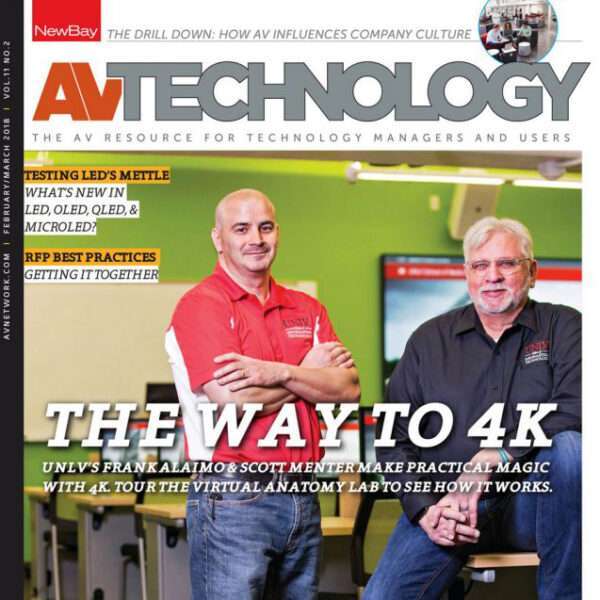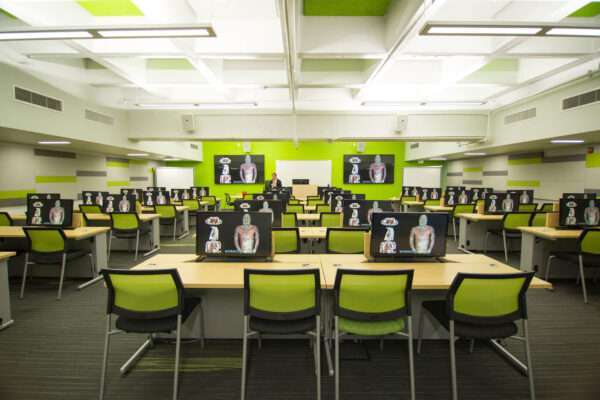
Many campuses are faced with the challenge of converting traditional classroom spaces into smart classrooms or computer labs. This scenario is often driven by tight budgets and limited real estate. Not everyone has the luxury of building-out new space for every technology upgrade.
Some of these classrooms, especially in older buildings, will have line-of-sight issues. I’ve seen it all in my 30+ years of classroom design (large round posts, pillars, and “L” shaped spaces). In many cases, these rooms have been remodeled so many times over the decades, the idea of student comfort has been forgotten. Even if your classrooms do not have pillars or posts to contend with, many rooms can be too wide or too deep. Students in the back would need binoculars to see the AV screen.
In addition to these line-of-sight concerns, other issues that can challenge a student’s ability to see and learn are classes that require students to view highly detailed images and documents presented by the instructor. Examples of these classes are found in the medical, natural sciences, and business schools (medical imaging, bones, charts, spreadsheets, etc.).
This was the challenge UNLV brought to the table when Frank Alaimo called us in 2016 looking for a solution. Their new School of Medicine facility was opening soon.
Computer Comforts designs and manufactures furniture for a wide variety of technology environments. We saw this challenge as an opportunity to use a modified version of our patented HideAway LCD table. This table was originally designed for any multi-purpose classroom. By positioning an LCD lift in the center of a 60”W table, two students would be able to have an up-close view of everything the instructor is projecting.

Thanks to our friends at UNLV, the Hide-Away AV table was born. We see this table design as an extension of your classroom’s AV system. UNLV also requested tabletop power for student laptops, and an internal electronics bay to manage all cables and hardware (Dell 7050 PC, 27” 4K Planar LCD, Crestron devices, JBL speakers, etc.). This technology mounted in each table allows the student’s monitor to mirror the instructor’s presentation. When the tabletop display is not needed, it can “Hide-Away” inside the table bay.
To view more photos from this installation and many more, click on this Installation Gallery Link.